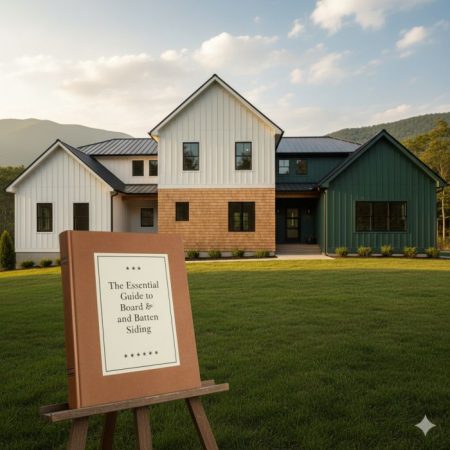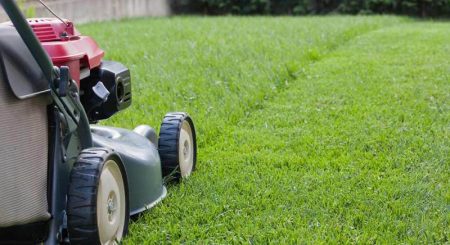Introduction to Modern Roofing Technologies
As homeowners become more conscious of energy efficiency and environmental sustainability, the roofing industry has responded with many innovative solutions. These new trends are designed to enhance the aesthetic appeal of your home and significantly improve its overall energy performance. Roofing advancements also make necessary roof repair more effective and long-lasting. By adopting these technologies, homeowners can enjoy enhanced comfort, lower energy costs, and contribute positively to the environment.
Cool Roofs: Reflective and Energy-Efficient
Cool roofs are one of the most effective solutions for enhancing your home’s efficiency. These roofs are specifically designed with reflective materials that bounce back the sun’s rays, significantly reducing the heat the building absorbs. According to the U.S. Department of Energy, cool roofs can lower roof temperatures by up to 50°F (28°C) compared to traditional materials. This reduction in heat absorption can lead to substantial energy savings, particularly in warmer climates where air conditioning is prevalent. Cool roofs reduce energy bills and lessen the strain on power grids during peak usage by decreasing the need for air conditioning.
Solar-Integrated Roofing
Another innovative trend in roof replacement is the integration of solar panels directly into roofing materials. This technology combines the protective qualities of traditional roofing with the energy-generating benefits of solar power. Homes equipped with solar-integrated roofing can generate electricity while maintaining a sleek, discreet appearance. This dual-purpose approach saves on energy bills and adds significant value to the property. A report by the Solar Energy Industries Association highlights that solar roofs are becoming increasingly popular among eco-conscious homeowners. These roofs reduce dependence on non-renewable energy sources, offer long-term savings, and make a home more attractive to potential buyers due to lower utility costs.
Smart Roof Technology
The emergence of smart home technologies has also affected roofing options. Smart roofs are equipped with sensors and systems to monitor various aspects of roof performance, including temperature, moisture levels, and structural integrity. These intelligent systems provide real-time data to homeowners, enabling them to take proactive measures to maintain their roofs and enhance efficiency. For example, detecting moisture early can prevent costly water damage and improve insulation performance. Additionally, smart roof technology can alert homeowners to potential issues before they become severe problems, extending the roof’s lifespan and reducing the frequency of repairs.
Green Roofs: Nature Meets Technology
Green or living roofs incorporate vegetation and a growing medium installed over a waterproofing membrane. These roofs are not only visually appealing but also offer numerous environmental benefits. They improve air quality, reduce the urban heat island effect, and provide natural insulation, which can significantly reduce heating and cooling costs. Research from the Environmental Protection Agency supports the effectiveness of green roofs in enhancing urban sustainability. Besides their environmental advantages, green roofs create additional space for urban agriculture, recreational activities, or even wildlife habitats, making them a multifaceted solution for modern urban living.
Impact of Innovative Roofing on Environmental Sustainability
The integration of advanced roofing technologies contributes to a more sustainable environment by reducing the carbon footprint of homes. Cool roofs, by lowering the demand for air conditioning, help decrease greenhouse gas emissions. Solar-integrated roofing generates renewable energy, reducing reliance on fossil fuels. Green roofs improve biodiversity, mitigate stormwater runoff, and create resilient cities. As these technologies become more accessible and affordable, their adoption can lead to individual cost savings and broader environmental benefits. Moreover, the production and installation of these roofing technologies often involve environmentally friendly practices and materials, further contributing to sustainability efforts.
Cost-Benefit Analysis of Modern Roofing Solutions
Modern roofing technologies may initially cost more than more conventional solutions. Still, in most cases, the long-term advantages outweigh the drawbacks. The U.S. Department of Energy claims that cool roofs can save energy costs by as much as 20%. Electricity costs can be significantly reduced with solar-integrated roofing. Sometimes, homeowners can even sell excess energy back to the grid. Green roofs provide natural insulation, reducing heating and cooling costs and prolonging the lifespan of roofing materials by protecting them from UV radiation and extreme temperatures. Additionally, many governments and utility companies offer incentives such as tax credits, rebates, and subsidies for homeowners who adopt energy-efficient and sustainable roofing solutions, further offsetting the initial costs.
Conclusion
Incorporating the latest trends in roofing technology can greatly enhance your home’s efficiency and sustainability. Cool roofs, solar-integrated roofing, smart roof technology, and green roofs offer numerous benefits, including energy savings, environmental protection, and increased property value. By staying informed about these advancements, homeowners can make better decisions that positively impact their finances and the environment. Investing in these innovative roofing solutions can lead to a more comfortable living space, lower utility bills, and a smaller ecological footprint, contributing to a healthier future for all.






